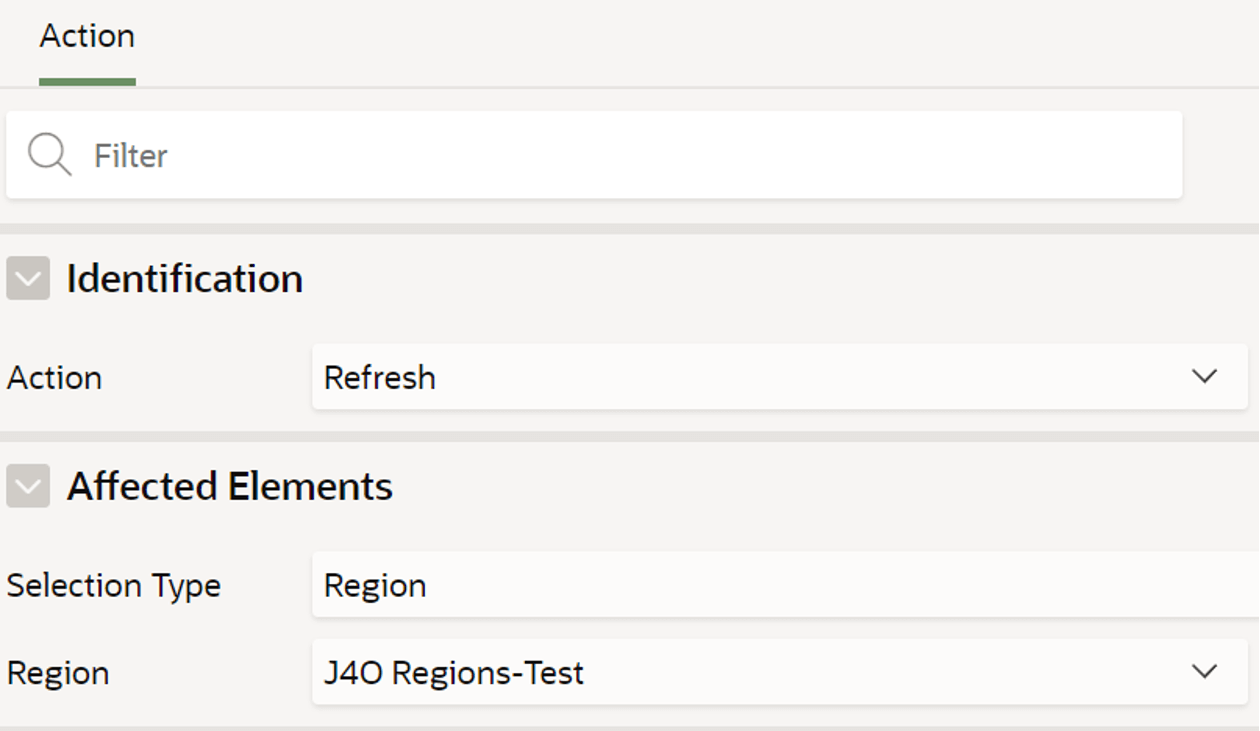Jasper4Oracle 2.0.0 veröffentlicht
Das neue Upgrade des J4O-Servers auf Version 2.0.0 ist nun, nach einer erweiterten Closed-Beta-Phase, auch öffentlich zugänglich.
Das Upgrade war eine bedeutende Veränderung, da die grundlegende Serverstruktur von Wildfly Swarm zu Quarkus ausgetauscht wurde. Das Upgrade brachte viele neue Funktionen und Verbesserungen mit sich, die wir unseren Benutzern nicht vorenthalten wollen. In diesem Blogpost werden wir einen Blick unter die Haube werfen und uns die neuen Features ansehen.
Startzeit Minimierung
Eine der bemerkenswertesten Verbesserungen des Upgrades ist die minimierte Startzeit des Servers. Im Vergleich zur vorherigen Version ist die Startzeit von ein bis zwei Minuten auf 5-20 Sekunden reduziert worden.
Diese Verbesserung ist besonders vorteilhaft, da der J4O-Server in produktionskritischen Anwendungen eingesetzt wird und eine schnelle Startzeit daher von großer Bedeutung ist.
Option des Hosting der Logging-Daten in einer externen Oracle Datenbank
Eine weitere wichtige Verbesserung in der neuen Version ist die Möglichkeit, die Logging-Daten des Servers in einer externen Oracle-Datenbank zu hosten. Diese Option bietet mehr Flexibilität und Skalierbarkeit in der Verwaltung der Daten, da sie unabhängig vom Server selbst gespeichert werden können.
Dies verbessert auch die Performance des Servers, da die Logging-Daten extern gespeichert werden und der Server dadurch entlastet wird.
Cloud-Native Docker-Images
Ein weiteres wichtiges Merkmal des Upgrades ist die Möglichkeit, den J4O-Server als Cloud-Native Docker-Images bereitzustellen. Mit dieser Funktion können Benutzer den Server problemlos in Cloud-Umgebungen wie AWS oder Azure bereitstellen und verwalten.
Das Base-Image können Sie in unserer Docker-Registry unter folgendem Link finden:
docker pull fra.ocir.io/fr7teglpk96o/team-public-images/j4o:latest
Die Docker-Images sind leichtgewichtig und lassen sich schnell und einfach skalieren, was die Flexibilität und Skalierbarkeit des Servers erhöht.
Streamlined Konfiguration
Die Konfiguration des J4O-Servers wurde auch in der neuen Version optimiert und vereinfacht. Die Konfigurationsdateien sind nun in eine Datei zentralisiert, was auch das Management des Servers sowohl On-Premise als auch in der Cloud erleichtert. Die Optimierung der Konfiguration erhöht auch die Stabilität des Servers, da Benutzer weniger Fehler bei der Konfiguration machen.
Neues APEX Frontend
Ein weiteres Highlight des Upgrades ist das neue APEX Frontend, das in der neuen Version enthalten ist. Das Frontend bietet ein moderneres Design und verbesserte Benutzerfreundlichkeit, was die Interaktion mit dem Server erleichtert. Das neue APEX Frontend ist auch responsiv, was bedeutet, dass es auf verschiedenen Geräten, einschließlich Mobilgeräten, gut funktioniert.

Was bringt die Zukunft?
Dieses Upgrade ist die Grundlage für die nächste Version 2.1, die noch mehr aufregende Funktionen und Verbesserungen bringen wird. Dazu gehört die Cloud-Native Skalierbarkeit im Cluster und ein neues Angular Frontend. Die Cloud-Native Skalierbarkeit im Cluster wird es Benutzern ermöglichen, den J4O-Server in großen, verteilten Systemen einzusetzen und eine schnelle und flexible Skalierung zu ermöglichen. Das neue voll integrierte Angular Frontend wird die Benutzerfreundlichkeit des Servers weiter verbessern und eine moderne Benutzeroberfläche bieten.
Zusätzlich werden wir eine Erweiterung des J4O-Server einbinden, welches das Einbinden von ZUGFeRT in Reports ermöglicht und unterstützt.
Außerdem planen wir, in Zukunft noch mehr Funktionen und Verbesserungen in den Server zu integrieren, um die Leistung und Benutzerfreundlichkeit weiter zu optimieren. Wir werden weiterhin eng mit unseren Benutzern zusammenarbeiten, um sicherzustellen, dass der J4O-Server ihren Bedürfnissen und Anforderungen entspricht.
Abschließend möchten wir uns bei unseren Benutzern für ihre fortlaufende Unterstützung und ihr Feedback bedanken. Wir sind stolz darauf, unseren Benutzern eine leistungsfähige und zuverlässige Serverlösung bereitzustellen und freuen uns darauf, diese Lösung weiter zu verbessern.













